
1.GuangQI and Round vessels Yixing teapot.
The design of a round vessel emphasizes smoothness, balance, proportion, symmetry, and elegance. The rules of shaping require it to be round, stable, even, and regular. The artistic requirements demand a flawless, smooth, and harmonious configuration of the lid, spout, handle, shoulder, waist, and mouth. It should be perfectly proportioned and exude a timeless and enduring beauty.
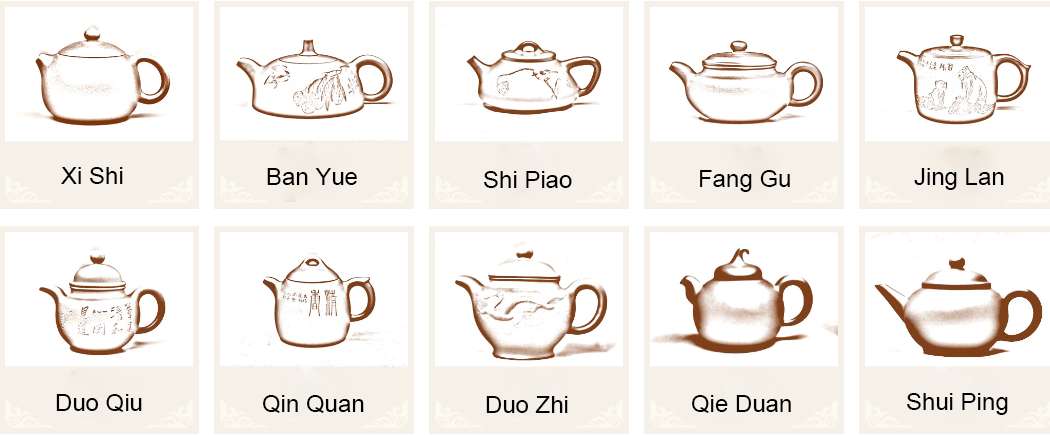
2. Square Vessels Yixing teapot.
The design of a square vessel incorporates roundness into its angular form, with clean, straight lines and a smooth, stable appearance. The requirements for this type of vessels are smooth lines, distinct contours, and a dignified, stable presence. In addition to the lid, spout, handle, and mouth being symmetrical with the body of the vessel, the square vessel also requires a balance between rigidity and flexibility, with a roundness hidden within its angular form. The lid can be rotated in any direction and should fit tightly with the mouth of the vessel. The square vessel is both a geometric and a muscular form, with a unique and enduring beauty.
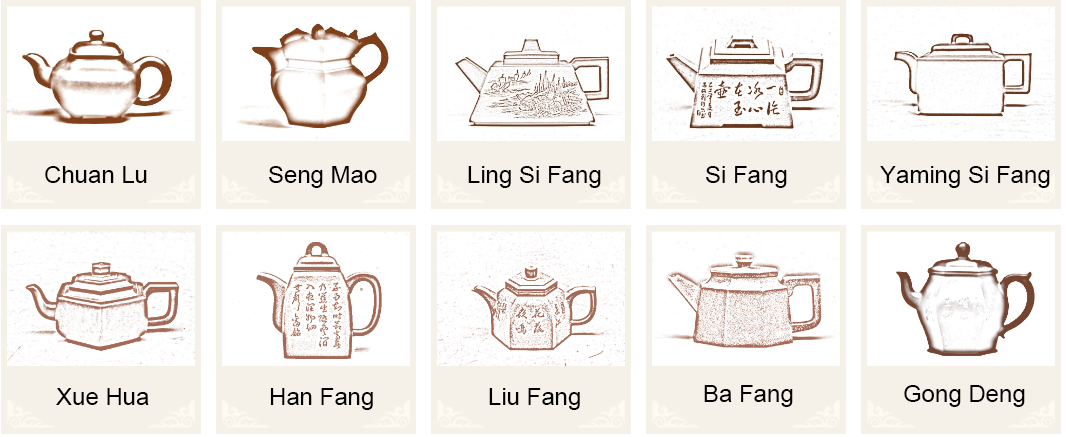
3. HuaQi Yixing teapot.
The art of HuaQi Yixing teapot making takes inspiration from the natural world and transforms it into a vessel through artistic techniques. The rules of shaping require that the design be based on nature but also elevated beyond it, with a balance between artistic exaggeration and a carefree style. Therefore, the HuaQi yixing teapot should not only be vivid and expressive in its composition, but also make use of the natural color and texture of the clay to enhance its artistic effect. Its shape should be both simple and elegant, with a unique and captivating beauty that reflects the harmony between art and nature.

4.Ribbed Vessels yixing teapot.
The art of ribbed vessel teapot making takes inspiration from the shapes and patterns found in everyday life, such as the ridges of a gourd, the petals of a flower, or the swirling patterns of water and clouds. The selection of ribbed patterns not only seeks variation in the side view of the vessel, but also creates an attractive image when viewed from above. The rules of shaping require that the vessel be well-proportioned, with precise symmetry between the body and the lid, and clear and distinct ribbed patterns that flow smoothly and naturally. The vessel should have a harmonious balance between its form and texture, with a reasonable configuration of its various components. The result is a unique and beautiful work of art that reflects the creativity and skill of the artist.
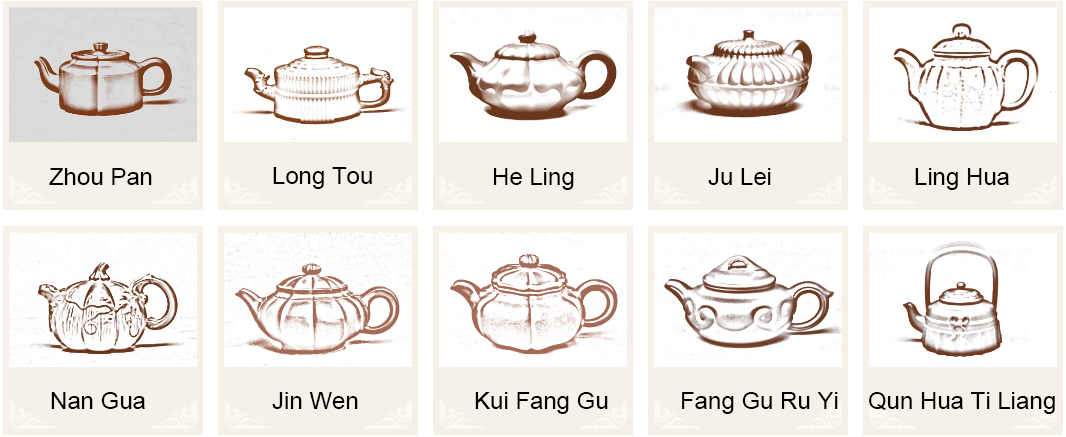
5.Tiliang yixing teapot.
A teapot with a carrying handle, also known as a "ti liang" teapot, is an early form of purple clay teapot that predates the use of straight handles. It is divided into two types: plain and decorative. Plain handles are typically used for simple designs, while decorative handles are often found on imitation vessels. Throughout history, many artists have created a variety of carrying handle styles for Yixing purple clay teapots, which can be divided into two basic forms: hard and soft. The form of the carrying handle is strong, with a light top and heavy bottom, creating an elegant and refined atmosphere. It often exudes a sense of grace and sophistication, adding to the beauty and value of the teapot.
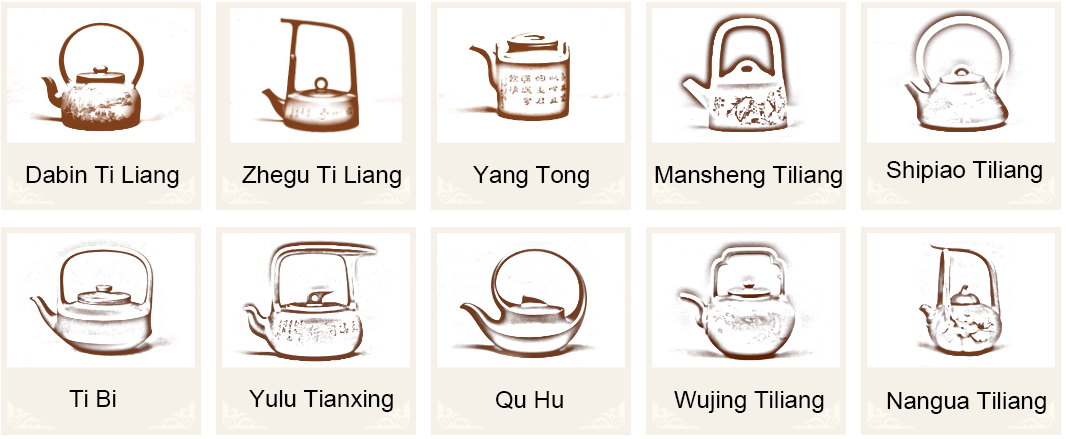
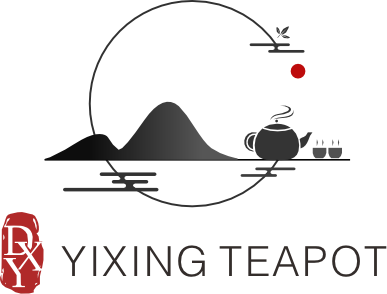
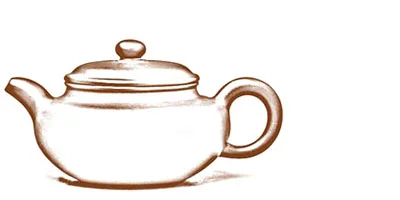

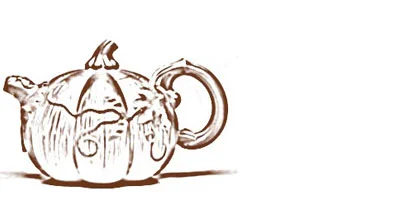
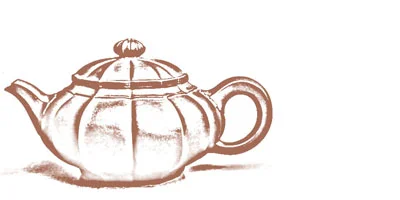
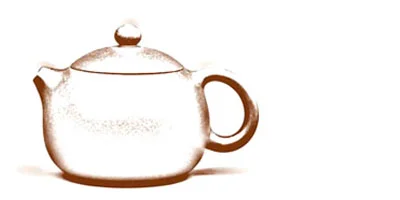
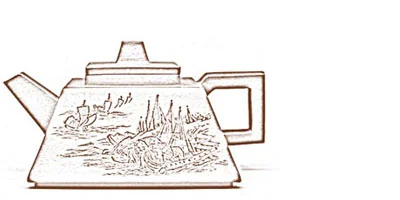
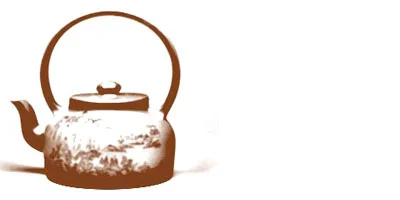
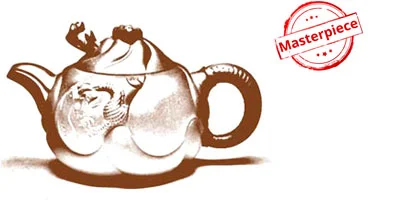
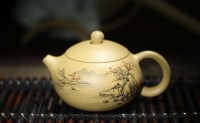
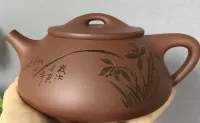
Leave a Reply Cancel Reply